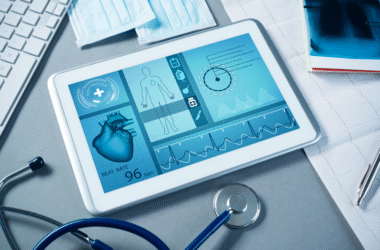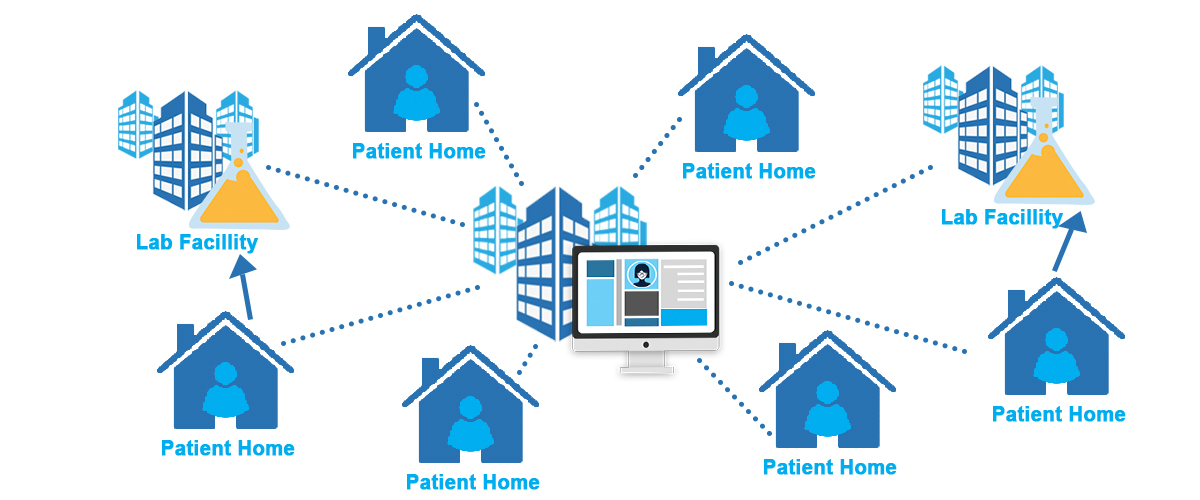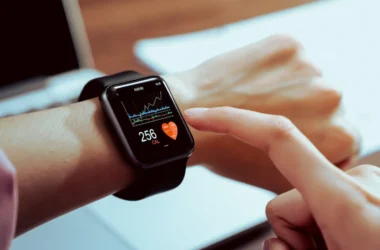Medical research has always been incomplete without clinical trials. They assist in the discovery of whether new drugs or treatments are safe and whether they work at all. The typical trial operation can be slow, expensive, and difficult to participate in at all. This is where decentralized clinical trials take place. They do things differently based on technology that eases the work of a patient or a researcher.
What Are Decentralized Clinical Trials?
The decentralized clinical trial (DCT) refers to a trial that allows patients to participate from a distance rather than at a hospital or research location, which often requires frequent visits. People do not have to commute to update one another as opposed to the past, where one had to travel so far to deliver information. Physicians and scientists log in with the help of digital instruments and monitor wellness information remotely.
This kind of trial continues to use the same rigorous regulations so that the study is safe and right. The only difference is the venue and the mode of the trial.
Why Are Researchers Using Decentralized Trials?
The change has some major factors. Access is one of the largest. Previously, a large number of individuals have been unable to participate in testing due to distance or failing to take time off during work, as well as childcare. National Library of Medicine-backed research indicated that 70 percent of patients resided further than two hours from a research site.
Decentralized trials fix that by making it possible to join from home. That helps more people take part, including those from small towns, older adults, and people with health issues. A 2021 survey from Deloitte showed that 60 percent of researchers believe DCTs increase diversity in patient groups.
They can also save time. In traditional trials, it might take months or even years to gather enough data. But with digital tools, information can be collected faster. That helps new treatments reach the public sooner.
And the cost? A report by Medidata found that using remote methods can reduce trial costs by up to 30 percent. That’s a big deal for companies trying to bring new drugs to market.
How Do Decentralized Trials Work?
Instead of going to a hospital, patients often get supplies delivered to their home. That could include a wearable device, a pill bottle with a tracker, or a simple thermometer. Nurses may also visit the patient’s home to take samples or check on their health.
Patients use an app or website to log their symptoms, take surveys, or upload photos or test results. Some trials use video calls for doctor check-ins. Others use devices to track things like heart rate or blood pressure all day.
This kind of setup makes trials more flexible. A person who works full time or lives far away can still be part of important research.
What Are the Main Benefits?

1. Easier for Patients
Decentralized trials take away many of the hard parts of joining a study. People don’t have to travel or miss work. They can do most of the study from home, at a time that works for them. This means fewer missed visits and better data.
2. More People Can Join
Because distance is not a problem, more people can join. That means trials can include people from different ages, races, and locations. The more diverse the group, the better the research. The FDA has said that greater diversity helps doctors learn how treatments work for different people.
3. Faster and Cheaper
Collecting data through digital tools can save money and time. It also cuts down on paperwork. One study from McKinsey showed that decentralized trials can speed up patient recruitment by 40 percent.
4. Real-Time Data
Devices like fitness trackers or mobile apps let researchers get real-time updates. They don’t have to wait for a patient to visit a clinic to know how things are going. That helps them catch any problems early.
What Are the Challenges?
While decentralized trials have many good points, they’re not perfect. One big problem is technology. Not every person has a smartphone or fast internet. Some people may not feel comfortable using apps or video calls, especially older adults.
Also, not all health data can be collected remotely. Some tests need special machines or labs. And keeping patient data safe and private is always a concern.
Researchers also need to make sure the trial runs the same way for everyone. If some patients use different tools or skip steps, the results might not be reliable.
What Are Real Companies Doing?
Many drug companies and research groups have already started using DCTs. Pfizer used this model for some COVID-19 vaccine studies. They gave digital tools to volunteers and used remote check-ins.
Another group, Science 37, said that over 80 percent of their patients in decentralized trials would not have taken part in a regular study because of travel or schedule problems.
Companies are also teaming up with tech firms to build better tools for remote tracking. From wearable heart monitors to apps that remind patients to take their medicine, the field is growing fast.
What’s Next for Decentralized Trials?
Experts say decentralized trials will become more common in the next few years. Many believe a mix of both models—some remote, some in-person—will work best. These hybrid trials can give more flexibility while still collecting high-quality data.
More rules and guides are also coming. The FDA and other groups are working on ways to make sure decentralized trials are safe, fair, and useful. This will help build trust among doctors, patients, and drug companies.
Final Thoughts
Decentralized clinical trials are changing how medical research is done. By using everyday technology, these trials make it easier for people to join and help speed up the search for new treatments. They are not perfect, and there are still problems to solve. But with better tools, training, and rules, they may become a regular part of how we study health in the future.
Top of Form
Bottom of Form









